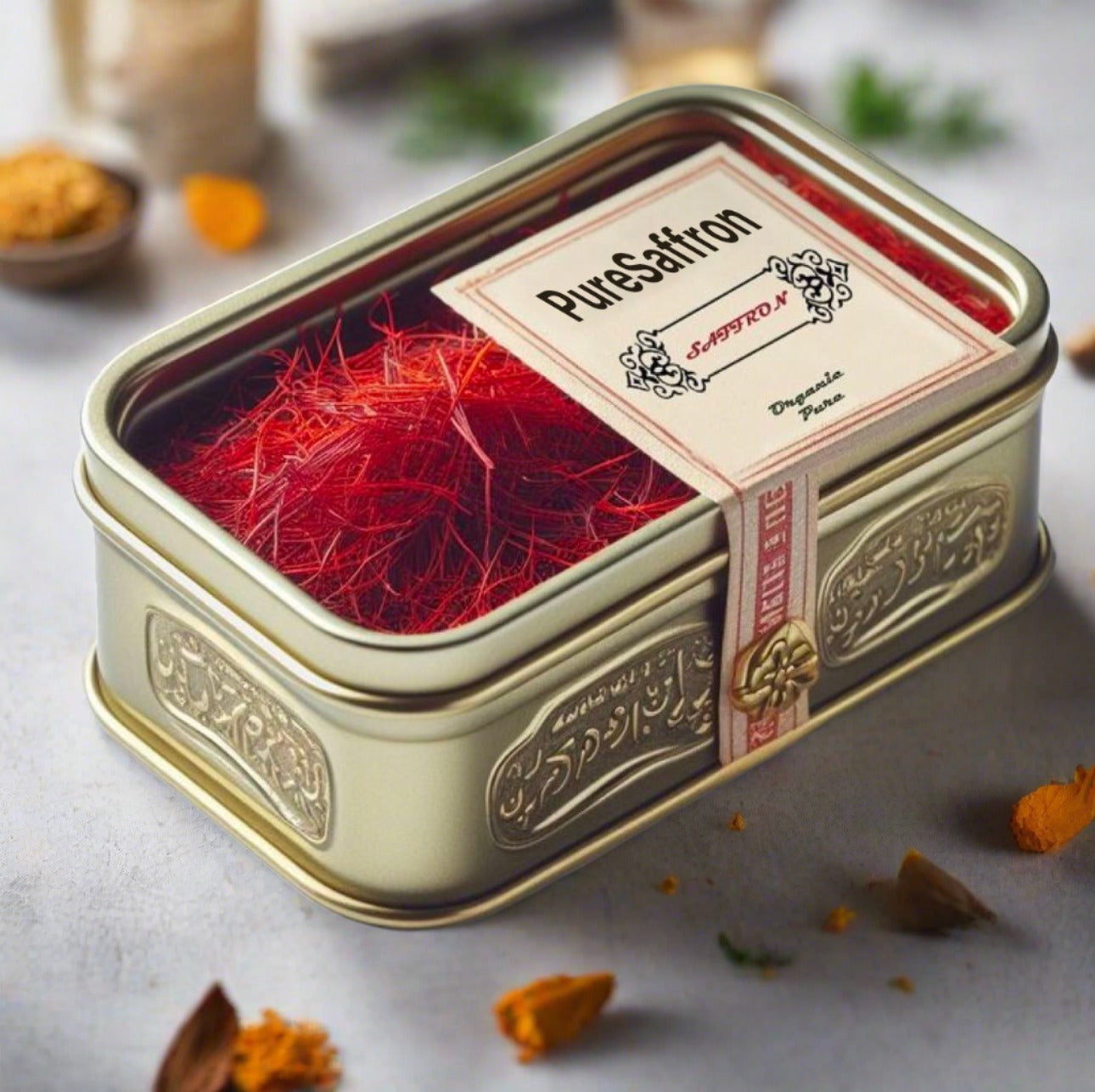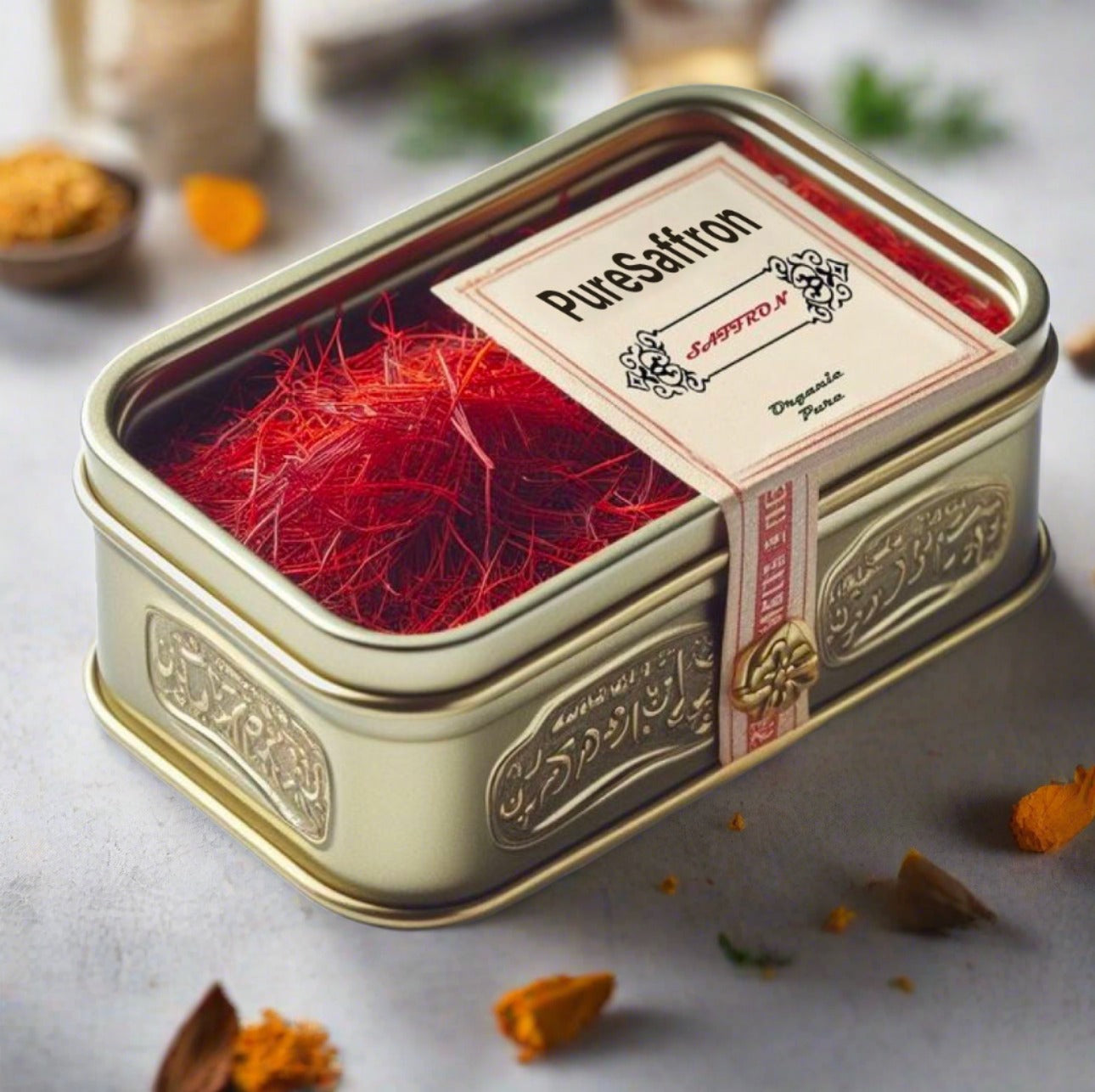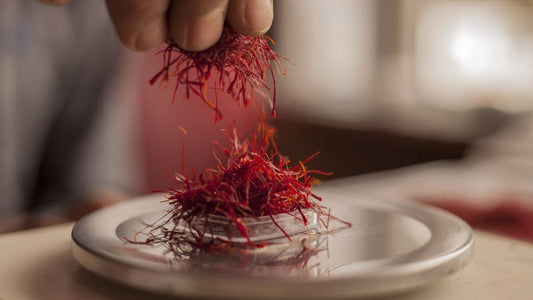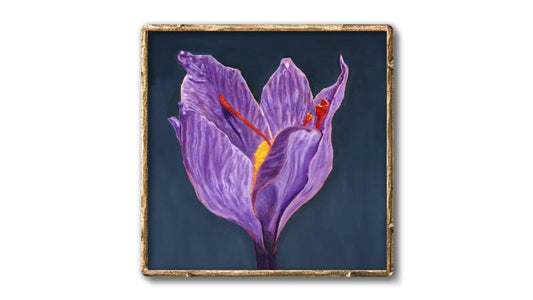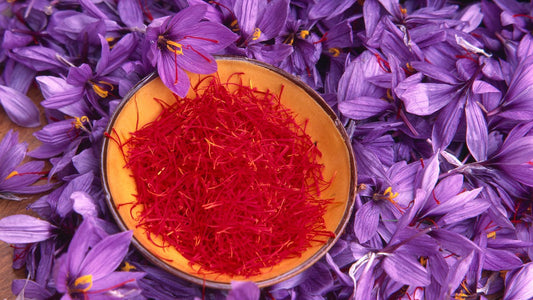
The Sacred Role of Saffron in Religious Rituals
Ara OhanianShare
Saffron, often referred to as the "golden spice," has held a deep cultural and spiritual significance across civilizations for thousands of years. Beyond its culinary and medicinal uses, saffron plays an integral role in religious rituals and spiritual practices. Its vibrant color, enchanting aroma, and symbolic purity make it a revered ingredient in sacred ceremonies across various religions.
In this blog, we’ll explore the historical and spiritual importance of saffron in religious rituals, its use in different faiths, and its symbolic meanings. Whether you are a spiritual enthusiast or simply curious about this precious spice, this detailed guide will uncover the fascinating connection between saffron and sacred traditions.
The Historical Significance of Saffron in Spirituality
Saffron’s association with spirituality dates back to ancient times. Its origin can be traced to the Mediterranean and Southwest Asia, where it was cultivated and cherished for its unique properties. Ancient texts and scriptures often mention saffron as a sacred material used in offerings, anointments, and purification rituals.
In many cultures, saffron is considered a bridge between the material and divine worlds. Its rarity and the labor-intensive process of harvesting make it a valuable commodity, symbolizing abundance, purity, and sanctity.
How Saffron Is Used in Religious Rituals Across Cultures
From Hinduism to Buddhism, Christianity, and Islam, saffron has been incorporated into a variety of religious practices. Let’s delve into its role in different faiths:
- Hinduism: Saffron holds a special place in Hindu rituals and ceremonies. It is used to prepare sacred offerings, or prasad, and is often mixed with water to draw auspicious symbols such as rangolis. The paste made from saffron is applied on idols and foreheads as a mark of respect and devotion.
- Buddhism: The saffron color is deeply symbolic in Buddhism, representing renunciation and purity. Buddhist monks wear saffron-colored robes, signifying their commitment to a life of simplicity and spiritual discipline. Saffron threads are also sometimes used in prayer rituals to invoke blessings.
- Christianity: In early Christian traditions, saffron was used as an incense during ceremonies to signify the presence of the divine. Its golden hue symbolized the light of God, and it was occasionally used in anointing oils.
- Islam: In Islamic culture, saffron is used in various ways, from sprinkling it on holy shrines to preparing dishes for religious feasts. It is also used to write verses from the Quran on parchment as an act of devotion.
- Zoroastrianism: In Zoroastrian rituals, saffron is used to purify the sacred fire, which is central to their worship. It symbolizes light, warmth, and spiritual transformation.
The Symbolic Meanings of Saffron in Religious Practices
The symbolism of saffron in religious rituals extends beyond its physical properties. Some of the key symbolic meanings include:
- Purity: Saffron’s rich golden hue symbolizes purity and divinity, making it an ideal element for sacred ceremonies.
- Prosperity: Its rarity and value often associate saffron with wealth and abundance.
- Spiritual Awakening: Saffron is believed to open channels of spiritual energy, helping devotees connect with the divine.
- Healing: In many traditions, saffron is considered a healing agent, both physically and spiritually, purifying the body and soul.
Saffron in Modern Religious Practices
In the modern world, saffron continues to play a vital role in religious traditions, albeit in evolved forms. For instance:
- It is used in aromatic oils and incense sticks to create a sacred ambiance during prayer or meditation.
- Saffron water is sprinkled to sanctify spaces before religious events or ceremonies.
- In Hindu weddings, saffron is mixed with turmeric to create a paste for the haldi ceremony, symbolizing purification and blessings for the couple.
- Many spiritual seekers consume saffron-infused milk or tea as part of their dietary regimen to enhance spiritual focus and vitality.
If you’re looking for high-quality saffron to incorporate into your rituals or spiritual practices, explore our premium Persian saffron collection here: Pure Persian Saffron.
Tips for Using Saffron in Religious Rituals
To get the most out of saffron in your rituals, follow these tips:
- Always use pure, unadulterated saffron for spiritual purposes. Adulterated saffron can dilute its significance and symbolism.
- Store saffron in an airtight container in a cool, dark place to preserve its potency.
- When preparing saffron paste or water, soak the threads in warm water or milk to release their vibrant color and aroma.
- Use saffron sparingly, as a little goes a long way in terms of both aroma and symbolism.
FAQs About Saffron in Religious Rituals
Here are some frequently asked questions about saffron and its role in spirituality:
1. Why is saffron considered sacred in many religions?
Saffron’s rarity, vibrant color, and aromatic properties make it a symbol of purity, divinity, and abundance in many religious traditions.
2. Can saffron be used in daily spiritual practices?
Yes, saffron can be used in daily practices such as meditation, prayer, or creating a sacred ambiance with saffron-infused incense or oils.
3. How do I know if the saffron I’m using is pure?
Pure saffron has a deep red color with orange tips, a strong aroma, and a slightly bitter taste. Always buy from a trusted source, like PureSaffron.
4. Is it safe to consume saffron used in rituals?
Yes, saffron used in rituals is safe to consume, provided it is pure and free from adulteration.
5. Can saffron enhance meditation or spiritual focus?
Many believe that saffron’s aroma and spiritual energy can help enhance focus and create a peaceful environment conducive to meditation.
Saffron’s role in religious rituals is a testament to its timeless appeal and spiritual significance. Whether used for anointment, offerings, or purification, this golden spice continues to bridge the gap between the physical and the divine.
